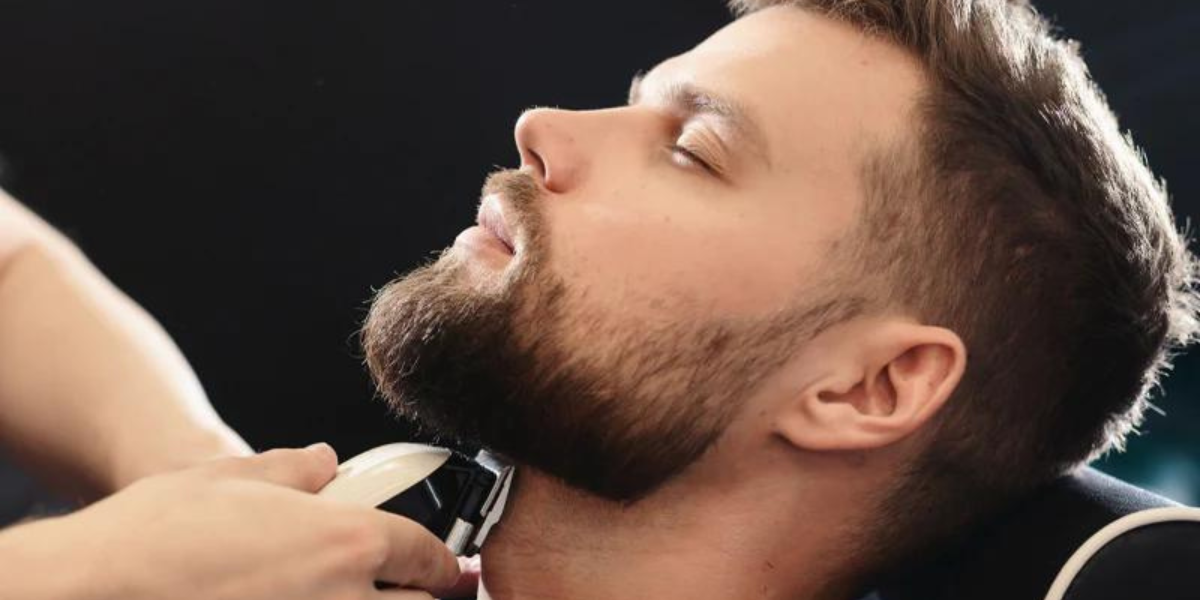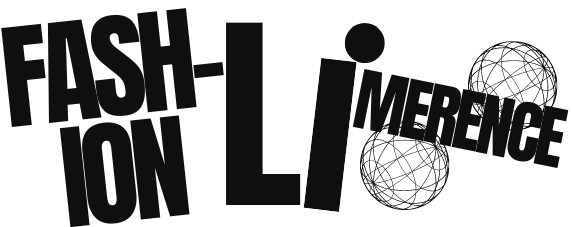Sideburns are a crucial part of your overall facial hair style. They connect your hairstyle to your beard, framing your face and giving it definition. But finding the perfect sideburns to match your beard can be challenging. This guide will help you understand different types of sideburns, how to pair them with popular beard styles, and provide grooming techniques and tips to achieve a polished look.
Types of Sideburns

Before choosing sideburns that pair well with your beard, it’s important to know the different types. Each sideburn style offers a unique look and complements different beard types.
1. Classic Sideburns
Classic sideburns are straight, uniform strips of hair that run from the hairline down to the jaw. They are simple, timeless, and suit most face shapes. This style works well with fuller beards or clean-shaven looks.
2. Tapered Sideburns
Tapered sideburns gradually narrow as they approach the ear, blending smoothly into the hairline. This style is versatile and pairs well with shorter beards or stubble. Tapered sideburns add a neat, polished look to your facial hair.
3. Mutton Chops
Mutton chops are bold, thick sideburns that extend down to the jawline and are often connected to a mustache. This style works best for those who want a vintage or rugged look and pairs well with shorter beards or stubble.
4. Extended Sideburns
Extended sideburns are longer than the classic style, often reaching below the ear or further. They work well for men with longer faces, as they help balance facial proportions. This style pairs best with medium to long beards.
5. Faded Sideburns
Faded sideburns gradually taper from thick to thin, creating a smooth transition from the hairline to the beard. They are ideal for those who want a modern and edgy look and work well with all types of beards, especially fuller ones.
Popular Beard Styles and Their Perfect Sideburn Matches

Matching the right sideburns with your beard style can enhance your overall appearance. Here are some popular beard styles and their ideal sideburns:
1. Stubble Beard with Tapered Sideburns
A stubble beard is a short, low-maintenance style. Tapered sideburns blend seamlessly with the stubble, creating a clean and sharp look. This combination suits most face shapes and is easy to maintain.
2. Full Beard with Classic Sideburns
A full beard provides a robust and masculine look. Pairing it with classic sideburns helps balance the beard’s fullness, creating a cohesive and traditional appearance. This combination is perfect for men with thicker facial hair.
3. Goatee with Subtle Sideburns
A goatee focuses on the chin area, leaving the cheeks mostly bare. Subtle, shorter sideburns complement this style, drawing attention to the beard without overpowering the face. This pairing works best for men with round or oval face shapes.
4. Van Dyke Beard with Short Sideburns
The Van Dyke beard combines a pointed chin beard with a mustache, with the cheeks left clean-shaven. Short sideburns keep the focus on the unique shape of the Van Dyke, adding balance without distraction.
5. Long Beard with Faded Sideburns
A long beard can feel heavy and overwhelming if not balanced correctly. Faded sideburns provide a gradual transition from the hair to the beard, giving a modern and stylish look that is particularly flattering on angular face shapes.
How to Choose the Right Sideburns for Your Beard

Choosing the perfect sideburn style depends on several factors:
1. Considering Face Shape and Structure
Your face shape plays a crucial role in selecting sideburns. For example, longer sideburns can help elongate a round face, while shorter sideburns work well for those with a longer face.
2. Matching Sideburns with Hair Texture and Growth Pattern
If your hair is thick and curly, consider thicker sideburns to match the texture. For finer hair, opt for thinner, more subtle sideburns to create a balanced look.
3. Assessing Personal Style and Preferences
Your style should reflect your personality. If you prefer a clean, sharp look, go for tapered or faded sideburns. For a more classic or rugged style, choose extended or mutton chop sideburns.
Grooming Techniques for Sideburns and Beard
 To achieve the perfect sideburn and beard combination, you need the right tools and techniques.
To achieve the perfect sideburn and beard combination, you need the right tools and techniques.
1. Tools You Need for Perfect Sideburns and Beard Pairing
- Electric trimmer: For precise trimming and shaping.
- Beard scissors: For detailing and trimming longer beards.
- Comb: For grooming and maintaining hair direction.
- Razor: For clean edges and lines.
- Beard oil or balm: To keep hair soft and manageable.
2. Step-by-Step Guide to Trimming and Shaping Sideburns
- Clean your face and beard: Wash thoroughly to remove any dirt or oils.
- Comb your sideburns and beard: Ensure the hair is tangle-free.
- Trim gradually: Start with a longer guard on your trimmer and slowly work down to avoid taking off too much hair.
- Shape the edges: Use a razor or fine trimmer to clean the edges for a neat look.
- Maintain regularly: Trim every few days to keep the shape and length consistent.
3. Maintaining the Length and Style of Your Beard and Sideburns
Regular maintenance is key to keeping your sideburns and beard looking great. Use beard oil or balm daily to soften the hair and reduce frizz. Trim weekly or bi-weekly, depending on your hair growth rate, to maintain the desired shape and length.
Common Mistakes to Avoid

Even with the best intentions, mistakes happen. Here are some common ones to watch out for:
1. Over-Trimming or Under-Trimming Sideburns
Cutting too much or too little can disrupt the balance between your sideburns and beard. Trim in small increments to avoid over-trimming.
2. Ignoring the Natural Growth Pattern
Forcing your sideburns or beard into a style that doesn’t match your natural growth pattern can look awkward and be hard to maintain. Work with your natural growth, not against it.
3. Choosing the Wrong Style for Your Face Shape
Not all sideburn styles suit every face shape. Make sure you choose a style that enhances your natural features.
Expert Tips for Perfecting the Sideburns and Beard Look

Here are some professional tips to help you achieve the perfect look:
1. Tips from Professional Barbers
- Always trim sideburns dry to see their natural length.
- Use gradual blending techniques to transition from sideburns to the beard.
2. Using Products for Best Results
Beard oils, balms, and conditioners can help maintain healthy hair and skin, preventing itchiness and promoting growth.
3. Adapting Your Style for Different Occasions
For a formal look, keep sideburns and beards neatly trimmed and shaped. For a casual setting, allow for a bit more natural growth and texture.
Sideburns and Beard Trends in 2024

In 2024, faded sideburns with medium-length beards are trending for a clean, modern look. Heavy, unkempt beards are less popular, making way for more polished styles.
2. Celebrity Inspirations and Trending Looks
Look to celebrities like Chris Hems worth or David Beckham for current sideburn and beard inspiration – both showcase versatile and stylish facial hair.
Conclusion
Finding your ideal sideburn and beard pairing takes a bit of experimentation, but the results can dramatically enhance your look. Use this guide to explore different styles, and don’t be afraid to try something new.
FAQs
Q1: How Often Should I Trim My Sideburns and Beard?
Trim your and beard every 1-2 weeks, depending on growth rate and desired style.
Q2: Can I Grow Sideburns if I Have a Patchy Beard?
Yes! Choose shorter or faded to complement a patchy.
Q3: What Are the Best Products for Maintaining Sideburns and Beard
Beard oils, balms, and a quality trimmer are essential for maintaining your sideburns and beard.

